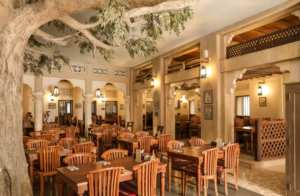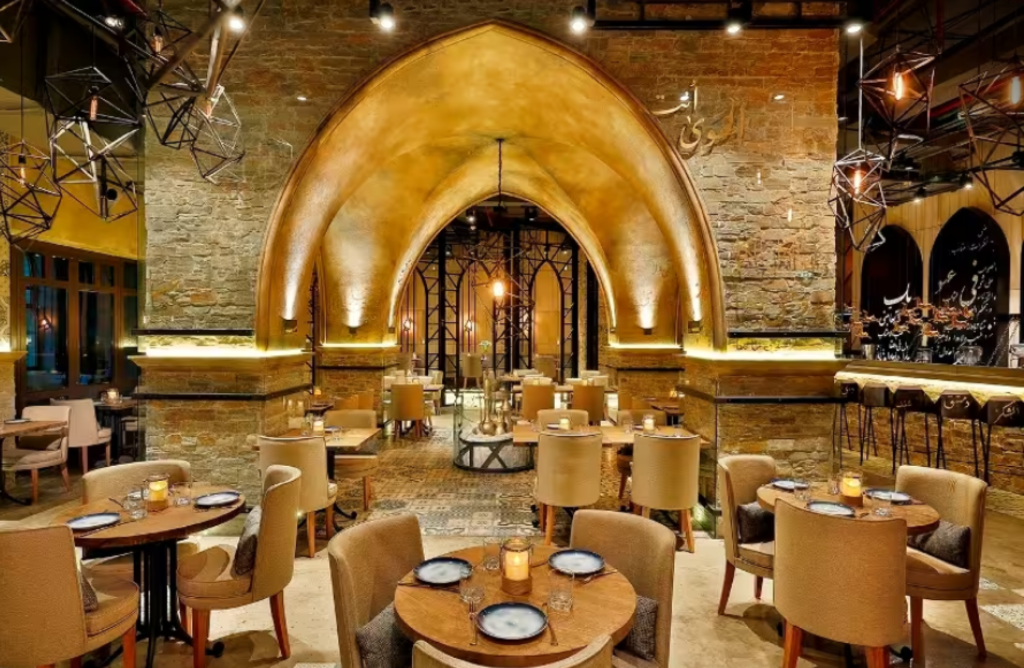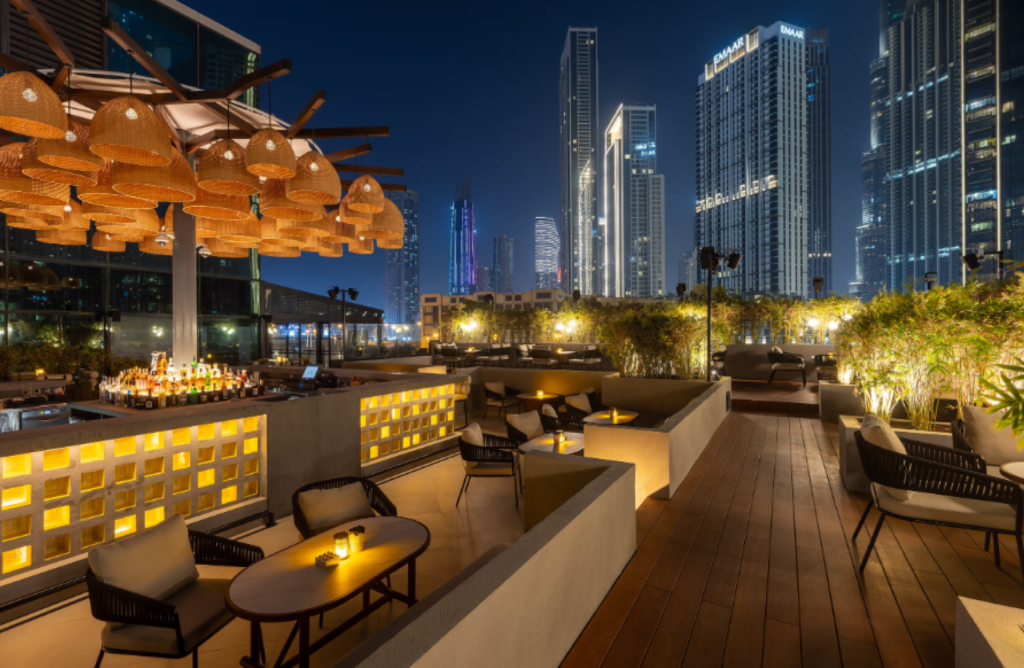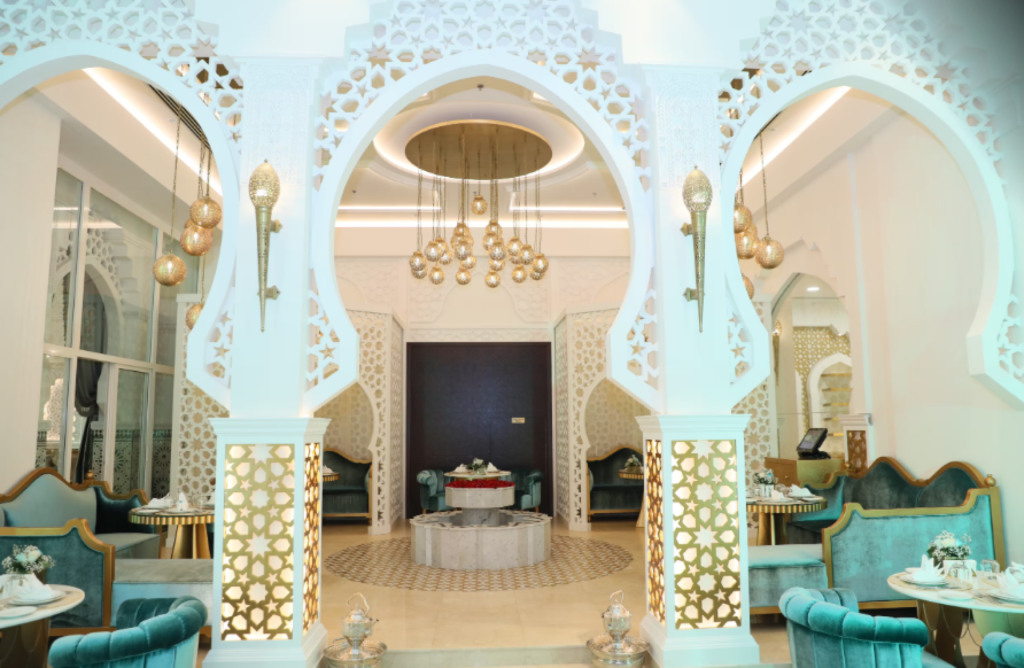Dubai has emerged as a global epicenter for luxurious dining experiences, seamlessly integrating traditional Arabian heritage with cutting-edge innovations. Crafting an Arab restaurant requires meticulous attention to creating an ambience that embodies the region’s rich cultural legacy while delivering an unforgettable experience for guests. This article delves into a variety of design approaches specifically tailored for Arab restaurants, emphasizing aesthetic trends and spatial layouts that encapsulate the spirit of Arabian hospitality.




Key Considerations in Arab Restaurant Design
Designing an Arab restaurant extends far beyond choosing furniture or decorative elements. It demands a profound appreciation of the culture, customs, and the overall vibe intended for the space. Below are critical factors to keep in mind during the design phase:- Authenticity shines through the inclusion of traditional motifs like geometric patterns, calligraphy, and Islamic art. Intricate carvings, brass accents, and mosaic tiles enhance the Arabian essence.
- Warm, ambient lighting mirrors the soft glow of lanterns frequently associated with Arabian evenings. Chandeliers, pendant lights, and adjustable fixtures foster a cozy yet upscale ambiance.
- Cozy seating arrangements, such as plush sofas, cushioned floor seating, and low tables, promote relaxed dining. Additionally, segregated sections accommodate private gatherings or family-style meals.
- Open kitchens allow guests to interactively witness the preparation of their dishes, amplifying engagement and curiosity.
Traditional Arabian Style
This timeless style draws inspiration from historic Arabian architectural forms, characterized by lofty ceilings, arched entryways, and elaborately carved columns. Lavish fabrics such as velvet and silk, paired with heavy draperies, intricate rugs, and antique furnishings, dominate the aesthetic. The resulting atmosphere feels elegant, regal, and reminiscent of grand royal feasts.
Al Fanar Restaurant Yas Mall Abu Dhabi
Modern Arab Fusion
Blending classic Arabian elements with streamlined, modern silhouettes and materials, this hybrid style achieves sophistication without sacrificing tradition. Minimalist surfaces, muted color palettes, and understated cultural references harmonize to produce a cosmopolitan appeal. Ideally suited for urban environments, this design strikes a balance between heritage and modernity.
Siraj
Desert Oasis Theme
Transporting guests to the tranquil heart of a desert landscape, this theme utilizes earthy hues, organic textures, and botanical accents. Sand-hued walls, palm frond adornments, woven baskets, and gentle illumination recreate the serenity of an oasis retreat. Perfect for laid-back dining experiences, this aesthetic invites relaxation amidst nature-inspired surroundings.
Treehouse
Moroccan Style
Moroccan Style is a rich and elegant design approach that blends the depth of Eastern tradition with vibrant decorative elements. Interiors inspired by this style are instantly recognizable by intricate zellige tilework, gracefully curved arches, carved wood, and a warm color palette featuring turquoise, ochre, and gold tones. Soft textiles, handcrafted décor, and brass lanterns create a cozy and luxurious ambiance. This style evokes the charm of historic riads and royal Moroccan palaces, offering an immersive and intimate experience.
Bab Al Mansour


